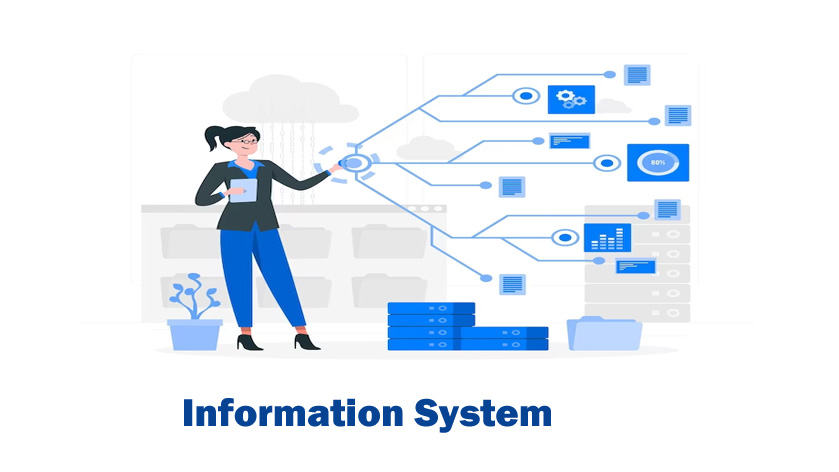An information system combines a hardware, software, and telecommunication network that will collect valuable data. This is mainly used in large organizations or companies. Many businesses use information technology or systems to complete and manage their operations, interact with customers, and stay ahead of competitors. Many companies nowadays are entirely built on information technology, for example, Google or Amazon.
What are the Components of an Information System?
Up until now, you have understood what an information system is. Now, we can talk about its components. There are 5 components in the system.
Hardware: this is the physical component of the system. This includes computers, keyboards, laptops, iPads, and hard disks. Moreover, the use of hardware dramatically impacts the environment and is a significant concern. However, the storage services also offer space from the cloud, which can be accessed from telecommunication networks.
Software: it is of 2 types: application software and system software. Application software is designed to manage specific tasks by the user. And also, the software is an operating system that manages the hardware program files and other resources. Apart from this, it also allows the user to control the PC.
Telecommunication: telecommunication is due to connect with various devices and computer systems to disseminate information. The network will be established with the help of wireless modes or even wires. Wireless technology includes radio waves and microwaves; wired technology includes fiber optics.
Information systems can be categorized into various types based on their scope, functionality, and target users. Some common types include:
- Transaction Processing Systems (TPS)
- Management Information Systems (MIS)
- Decision Support Systems (DSS)
- Enterprise Resource Planning (ERP) Systems
- Customer Relationship Management (CRM) Systems
Conclusion
In conclusion, the design, implementation, and management of information systems require careful consideration of organizational goals, user needs, security requirements, and technological capabilities. Therefore, information systems must adapt to evolving technologies and business environments to remain adequate and relevant.

